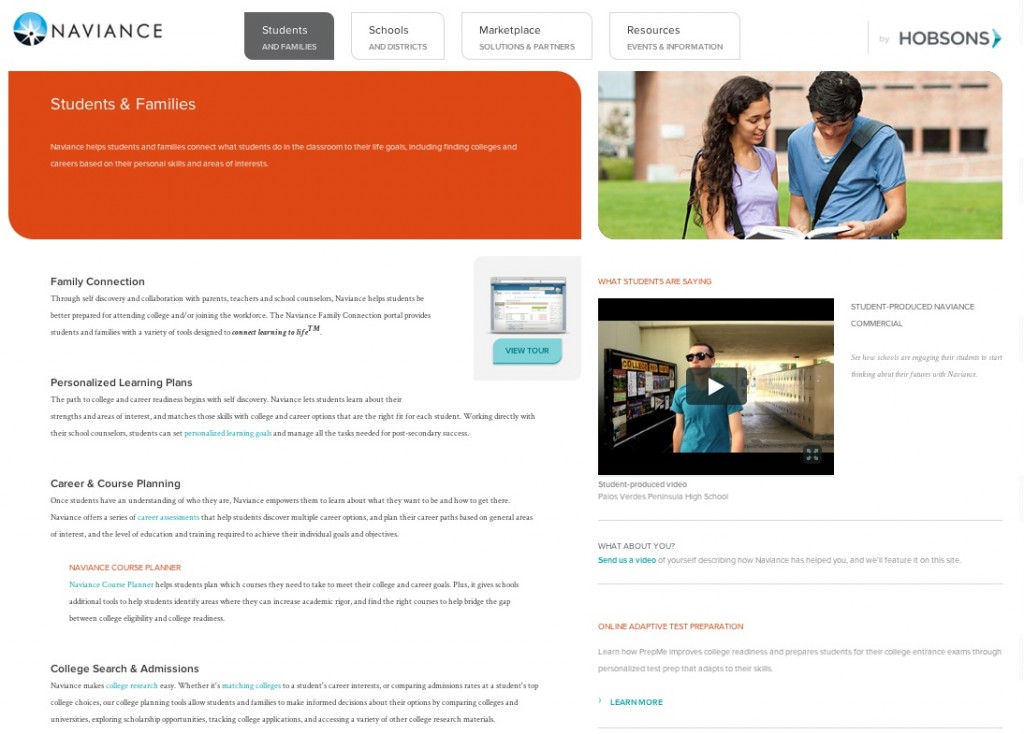Veritas Prep (www.veritasprep.com) recently released a list of five things students can do now to boost their chances at a higher score. The SAT is offered seven times annually in the United States – six times internationally. The tips outlined benefit students who may not feel adequately prepared and are doing what they can in the final weeks before the exam to improve their performance, as well as provide an extra edge to those who have spent the summer studying or taking an SAT course.
To help students get ready for test day, Veritas Prep recommends the following:
1) Be Prepared to Write a Longer SAT Essay
An MIT study found that longer SAT essays receive higher scores, so unlike what your high school English teacher may have told you, on the SAT quantity is just as important as quality. SAT essay readers have hundreds of essays to read and can only spend a few moments reviewing each one, so because the logic is that smarter students have more to say, essay readers discriminate against short essays. To improve your score on the SAT essay, make sure you practice filling up two full notebook pages in 25 minutes before test day.
2) Research Two Literary Works, Two Historical Examples and Two Current Events in Advance
Although writing full two pages for the SAT essay will take you far, if you want to maximize your essay score potential, you’ll need to fill those pages with scholarly examples. If you don’t think you can come up with solid academic examples in 25 minutes on test day, don’t worry. You can actually plan out what examples you will use in your essay right now. This works because SAT essay topics are extremely broad. They won’t ask you about specific material such as the Declaration of Independence or the Watergate scandal; instead, SAT test writers must offer topics that are very general so that every student is able to write about the topic. Use this to your advantage by researching examples that are applicable to multiple themes in advance.
3) Stop Using Algebra
Have you ever been given a multiple-choice exam in a high school algebra class? Chances are, probably not. That’s because you could just plug in the potential solutions into the original algebra equation and see which one works. Well, guess what? That’s exactly how the SAT is setup. This enables you to practice a powerful strategy we use at Veritas Prep called Plug In Numbers. If there are variables in the question and numbers in the answer choices, plug the potential options into the original equation and see which one works. For students that might struggle with time management during the Mathematics section, this can ensure you complete the questions in time.
4) Don’t Make Assumptions on SAT Reading
The biggest mistake students make on the SAT Reading section is that they make assumptions rather than inferences. What’s the difference between an assumption and inference? An assumption is a conjecture that is not based on textual evidence, whereas an inference is a conjecture that is based on textual evidence. Every correct answer on the SAT Reading section is based on textual evidence from the passage. So get in the habit of not making any assumptions, both when you read and even in real life.
5) Learn the 15 Writing Rules Tested on the SAT
Did you know that there are only 15 grammar rules you need to know to successfully answer every Improving Sentences and Identifying Sentence Errors question on the SAT correctly? Most students miss this huge opportunity to cut down on their study time. They go into the SAT thinking that any one of a hundred different grammar errors could pop up at them during the Writing Multiple-Choice section and doom their SAT score. Don’t let this be you! Make sure to check out Veritas Prep to learn the 15 SAT Writing Rules you must know.
___________________
About Veritas Prep
Veritas Prep is the world’s largest provider of test prep and admissions consulting services. It offers industry-leading programs to help applicants improve standardized test scores and gain admission to the world’s most selective universities. Founded in 2002 by graduates of the Yale School of Management, Veritas Prep offers its live classroom GMAT prep course in more than 90 cities worldwide and as an interactive online course available to students everywhere. Its Veritas Prep SAT 2400 course is available as a classroom course, live online, on demand or in private SAT tutoring sessions and features the only zero risk, money back guarantee in the industry. In addition, Veritas Prep offers admissions consulting services for applicants seeking entry into competitive business schools, law schools, medical schools and other graduate programs. For more information, visit veritasprep.com.
In addition to its online SAT prep course, Veritas Prep also makes several free resources available to students, including a free SAT practice test and a free, live one-hour online SAT prep seminar. To learn more about Veritas Prep’s SAT offerings, visit www.veritasprep.com/sat.










